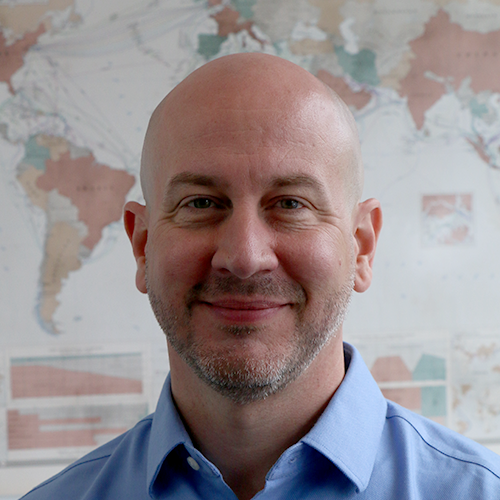There is no shortage of headlines about high-profile cable breaks, particularly around the Baltic Sea and Taiwan. But it's worth remembering that where there have been faults, there have also been repairs.

Alan Mauldin is a Research Director at TeleGeography. He manages the company’s infrastructure research group, focusing primarily on submarine cables, terrestrial networks, international Internet infrastructure, and bandwidth demand modeling. He also advises clients with due diligence analysis, feasibility studies, and business plan development for projects around the world. Alan speaks frequently about the global network industry at a wide range of conferences, including PTC, Submarine Networks World, and SubOptic.
There is no shortage of headlines about high-profile cable breaks, particularly around the Baltic Sea and Taiwan. But it's worth remembering that where there have been faults, there have also been repairs.
According to new data from TeleGeography’s Transport Networks Research Service, global bandwidth demand continues to climb.
But, as has been the story for the last several years, this growth is coming at a slower and slower rate. Here's what this says about long-haul networks in 2025.
A few weeks ago, I returned to sunny Honolulu for TeleGeography’s annual telecom trends workshop at PTC.
As usual, Brianna Boudreau explored global pricing trends, and Jon Hjembo shared insights from the data center world.
A bit unusual was the name of my segment: Mother Earth, Motherboard. This title was actually inspired by an article written in 1996:
We are now moving from sci-fi to reality with the launch of many AI services that are poised to transform industries and reshape our daily lives.
While data centers are expanding rapidly to support AI requirements, there is less clarity on how AI might impact long-haul network infrastructure, especially submarine cables.
This is exactly what I delved into during my keynote at Submarine Networks World 2024.
Last week, I joined Ciena’s Brian Lavallée and Colt’s Laurent Taieb for a live webinar all about submarine cable route diversity and sustainability.
For my part, I covered why diversity matters for submarine cables—a very timely topic in light of recent events around the world.
As if three cable faults in the Red Sea weren’t enough of a headache, a series of West African cables were damaged on March 14.
The precise location and cause of all of these faults are not known at this time, but let’s look at what we do know.
Wouldn't it be great to be fully retired before your 30th birthday?
Because they are engineered with a minimum design life of 25 years, it's common for the submarine cables that keep our world connected to experience this luxury.
Let’s talk about why, and what happens to cables after they reach retirement age.
The age of generative AI is certainly exciting. The ability to quickly access answers to complex questions is poised to revolutionize the world. However, with great power comes great responsibility.
When using these tools, it’s important to be mindful of some of the risks. Deep fakes are a growing concern for society at large and may have found their way to market research.
As we mentioned earlier this year, when it comes to submarine cable facts, AI may get some stuff right, but not everything.
In fact, you may be wondering, “does this mean there’s no need to subscribe to TeleGeography research anymore?” After all, can’t you just ask your favorite AI tool—whether it’s ChatGPT, Bard, etc.—to provide you with TeleGeography data?
I thought I’d ask Bard to show me some TeleGeography data. Are the results real or deep fakes?
Copyright © 2025 TeleGeography.